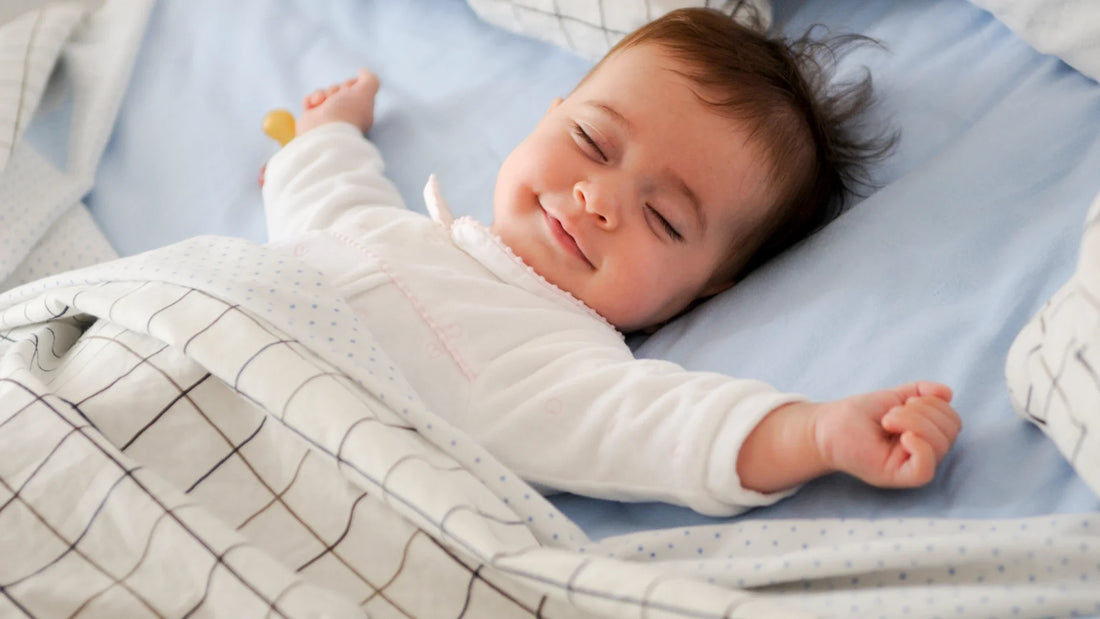White noises for newborns: are they really useful for newborn sleep?
Many parents have heard or tried white noise to help their little one sleep more peacefully. But does this method really bring results? Are there any contraindications for the child's hearing?
I'll tell you about it in this article!
What is white noise?
Have you ever felt yourself relax by the sound of a stream, the patter of rain, or the purring of your cat?
So, these are just some of the white noises available in nature, but what are they?
White sounds are a type of sound characterized by a uniform distribution of energy across the different audible frequencies . They are called "white" because they represent a mixture of all the frequencies of the auditory spectrum, just as white light is a mixture of all the wavelengths of the visible spectrum.
Put much more simply, white noise is a constant, uniform sound.
What are they for?

Can White Noise Help Newborns Fall Asleep? Science Takes The Floor
Science has not yet had definitive results regarding the ability of white noise to help children fall asleep.
However, a 2014 study published in Pediatric Research showed that white noise can improve the sleep of premature babies in neonatal intensive care units, helping to reduce the duration of awakenings and improve sleep quality.
Another study published in 2017 in Pediatric Nursing indicated that white noise can reduce irritability and improve sleep duration in newborns .
The first concern related to white noises by doctors and parents is related to the hearing development of the newborn. Can these sounds interfere with the best development of hearing?
How much white noise should you use for your newborn?
So, how long can we use white noise without risking compromising our baby's hearing?
There is currently no definitive consensus on the optimal duration. However, there are some general recommendations that can be considered following the guidelines of the American Academy of Pediatrics (AAP):
- Use white noise at a low or moderate volume and place the sound source at a safe distance from the baby. For example, use a sound diffuser placed some distance from the crib;
- Gradually reduce the use of white noise starting at 3-4 months of age , so that the baby can learn to sleep without constantly depending on such sounds for support;
- The ambient noise level in a newborn's sleeping environment should be less than 50 decibels (dB) . In fact, this level is considered safe and not harmful to the hearing of babies. To give you an idea of some reference sounds, a quiet whisper is generally around 30 dB, while a normal dialogue can vary between 60-70 dB.
It is important to note that every baby is different and therefore white noises do not necessarily have a relaxing effect on all newborns. If your baby is having trouble sleeping, seeking advice from a sleep consultant may be the first step to improving this.

